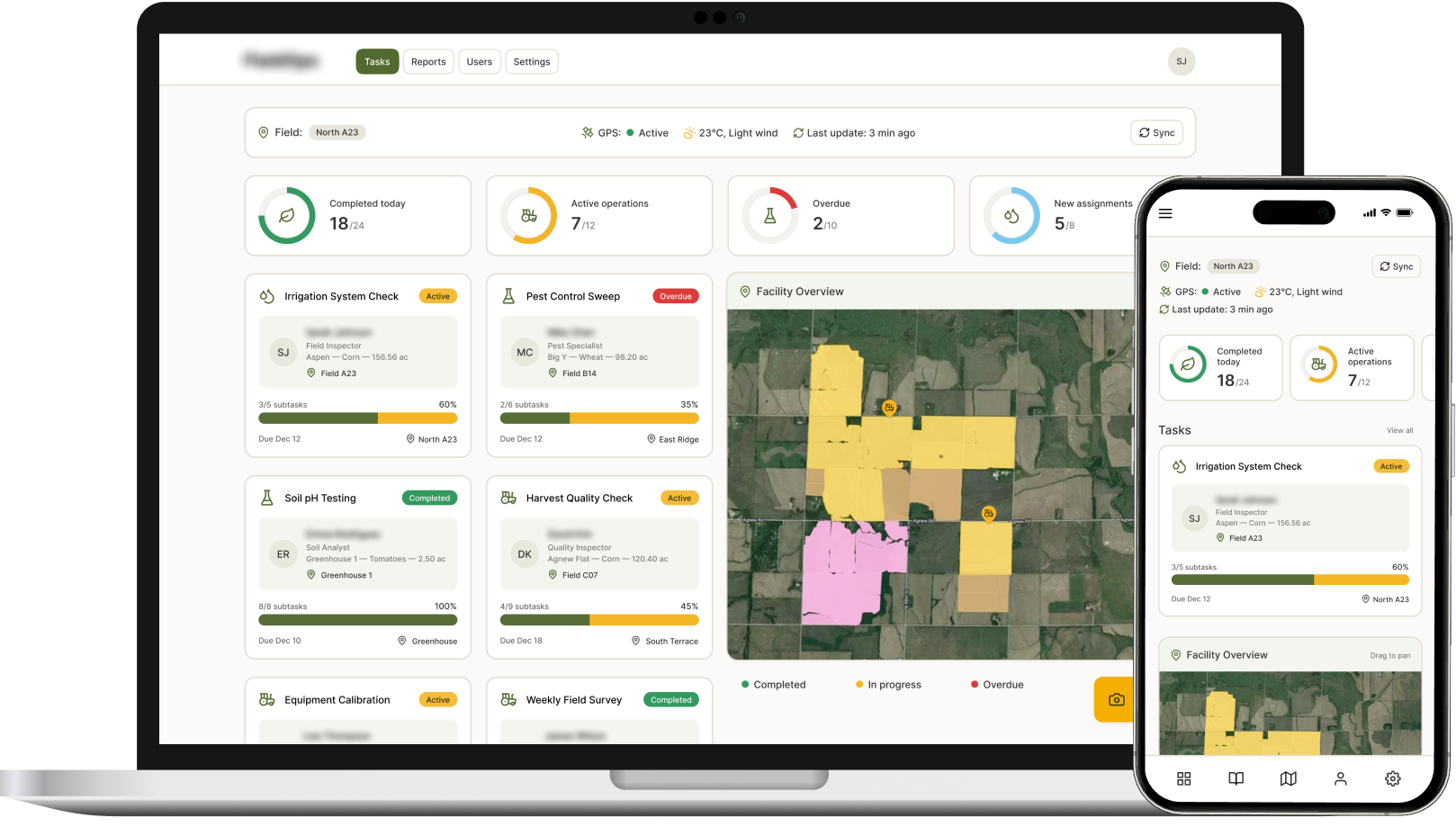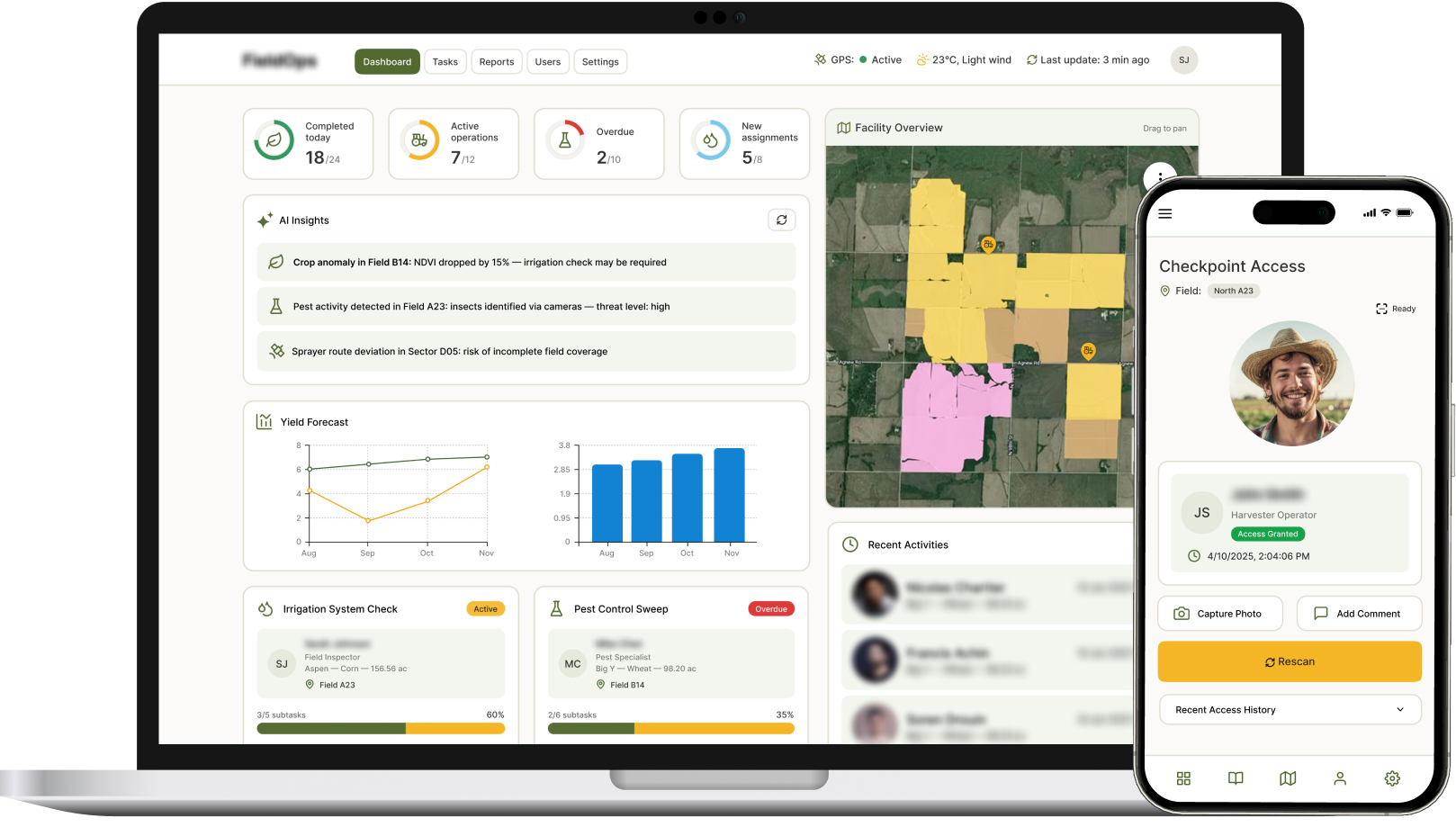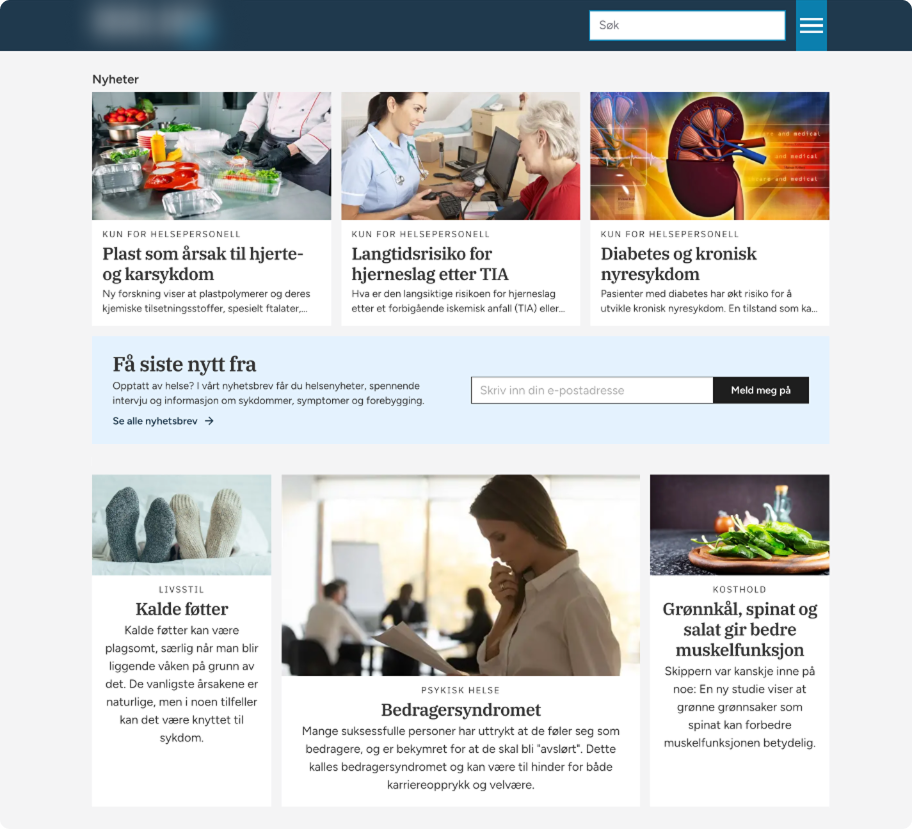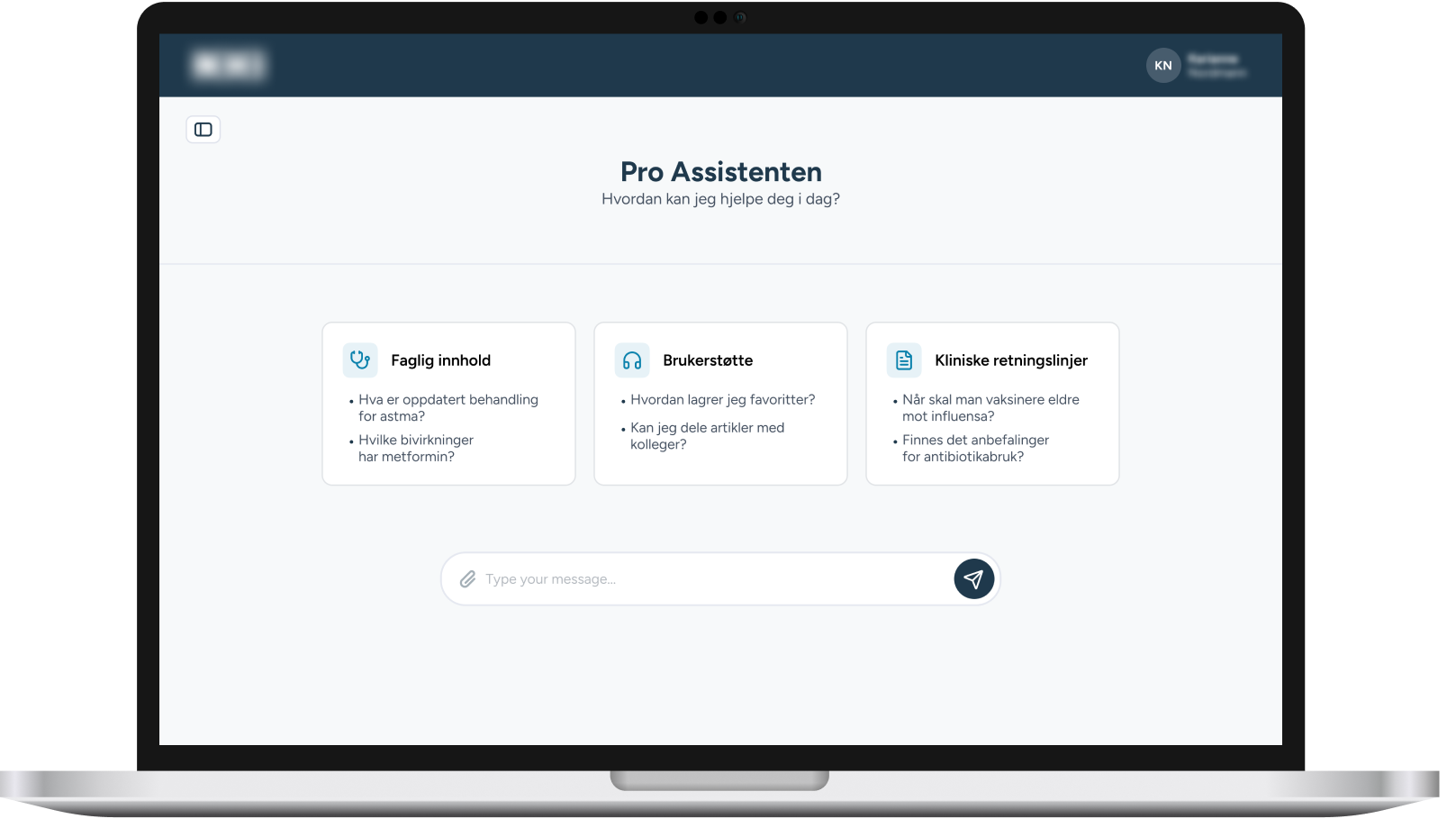From Digital to AI Transformation: Building Systems That Last
For over a decade, companies have been discussing digital transformation. Moving to the cloud, modernizing legacy systems, and digitizing workflows are now considered table stakes rather than innovation. But in 2025 and beyond, the conversation has shifted: it’s no longer enough to be digital, you need to be AI-ready.
The rise of generative AI, LLM-powered assistants, and applied machine learning has opened new opportunities for enterprises and startups alike. Yet, the gap between ambition and reality is wide.
According to recent surveys, most organizations struggle with one of two extremes: either they rush into AI pilots without the right infrastructure, or they overinvest in modernization without a clear plan for AI adoption.
The path forward is not about choosing one or the other. It’s about understanding the sequence: digital foundation first, AI transformation next. Without scalable, reliable systems, AI adoption risks failure. But without applying AI, organizations risk falling behind more agile competitors who move faster and smarter with data. At Ardas, we’ve seen this progression play out across industries.
In this article, we share how two clients, one in agrotech, another in healthcare, moved from modernization to applied AI, and what leaders can learn when planning their own transformation journey.
Why Digital First, AI Next?
The pressure to “adopt AI” is high, but many organizations fail when they try to layer AI on top of broken, outdated workflows.
Instead, the successful approach we recommend follows a clear sequence:
- Modernize the core systems – ensure scalability, reliability, and data readiness.
- Target one high-impact bottleneck – design an AI feature that solves a specific problem.
- Scale with confidence – expand AI adoption gradually across more processes or regions.
This approach not only reduces risk but also ensures measurable ROI from early AI adoption.
You can read more about smart legacy systems modernization in our recent article.
Case Study: Agrotech Holding – Modernizing Field Operations
The Initial Client's Challenge
A mid-sized agrotech company operating across remote regions in the US and Europe faced multiple challenges, including seasonal staff, paper-based reporting, and a lack of in-house digital expertise.
Phase 1: Digital Foundation

To start, our development team built a mobile-first application enabling offline data entry, automated syncing, and streamlined workflows.
Results:
- 90% of field reporting digitized;
- 60% fewer manual errors;
- Real-time visibility into operations.
Phase 2: AI Transformation
With a stable digital infrastructure in place, the CTO turned to automation.

We integrated a lightweight facial recognition system to expedite identity checks at remote field checkpoints, designed to operate offline and synchronize securely later.
Results:
- 80%+ recognition accuracy;
- Faster access control;
- Reduced staffing requirements;
- Scalable across multiple locations.
Key takeaway: AI was not a leap of faith - it was the logical next step once core workflows were digitized.
Case Study: Scandinavia’s Medical Information Platform – Scaling Knowledge with AI
The Initial Client's Challenge
Scandinavia’s largest medical handbook provider, serving nearly all GPs in Norway, relied on a legacy monolithic platform with rigid access control and poor scalability.
Phase 1: Digital Foundation

Our dedicated development team modernized the system with microservices, an updated UX/UI, and a scalable architecture.
Results:
- Faster development cycles;
- Higher scalability;
- Improved clinician productivity.
Phase 2: AI Transformation

After modernization, the organization needed to make its vast knowledge base more accessible.
Ardas AI team developed an AI-powered Q&A chatbot, trained on over 7,000 medical documents, to support clinicians in real time.
Results:
- Faster access to evidence-based answers;
- Reduced manual search time;
- Seamless adoption with minimal disruption.
Key takeaway for Founders and CTO: In knowledge-heavy industries, AI accelerates decision-making without compromising reliability.
Read about this product transformation from digital to AI in detail in our case study.
Practical Insights for Leaders
Across industries, we see consistent lessons emerge:
- Digital readiness is non-negotiable. Without a modern, stable core, AI adoption will fail.
- AI works best when targeted. A chatbot or recognition system that solves one clear bottleneck delivers faster ROI than broad, unfocused initiatives.
- ROI is measurable. Achieving 60% fewer reporting errors, 80%+ recognition accuracy, and a reduction in clinician search time are tangible business outcomes, not just “innovation KPIs.”
- AI augments people, not replaces them. In agrotech, it removed bottlenecks for seasonal workers. In healthcare, it gave clinicians quicker access to knowledge.
Conclusion: Transformation is Ongoing
Scalable systems are not built overnight, they evolve. First through digital modernization, then through applied AI adoption, and later through ongoing optimization as business needs change.
The bottom line: scalability is built-in, not bolted on. By approaching AI transformation as an extension of digital transformation, leaders can create systems that endure, adapt, and yield returns quickly.
If your organization is exploring AI adoption, start by asking:
- Do we have a stable digital foundation?
- What is the single bottleneck AI could solve today?
- How will the solution scale tomorrow?
At Ardas, we help organizations answer these questions and deliver transformations that are both practical and future-ready.
Need Help with Digital and AI Transformation?
Let’s see how we can help you build scalable system that lasts
